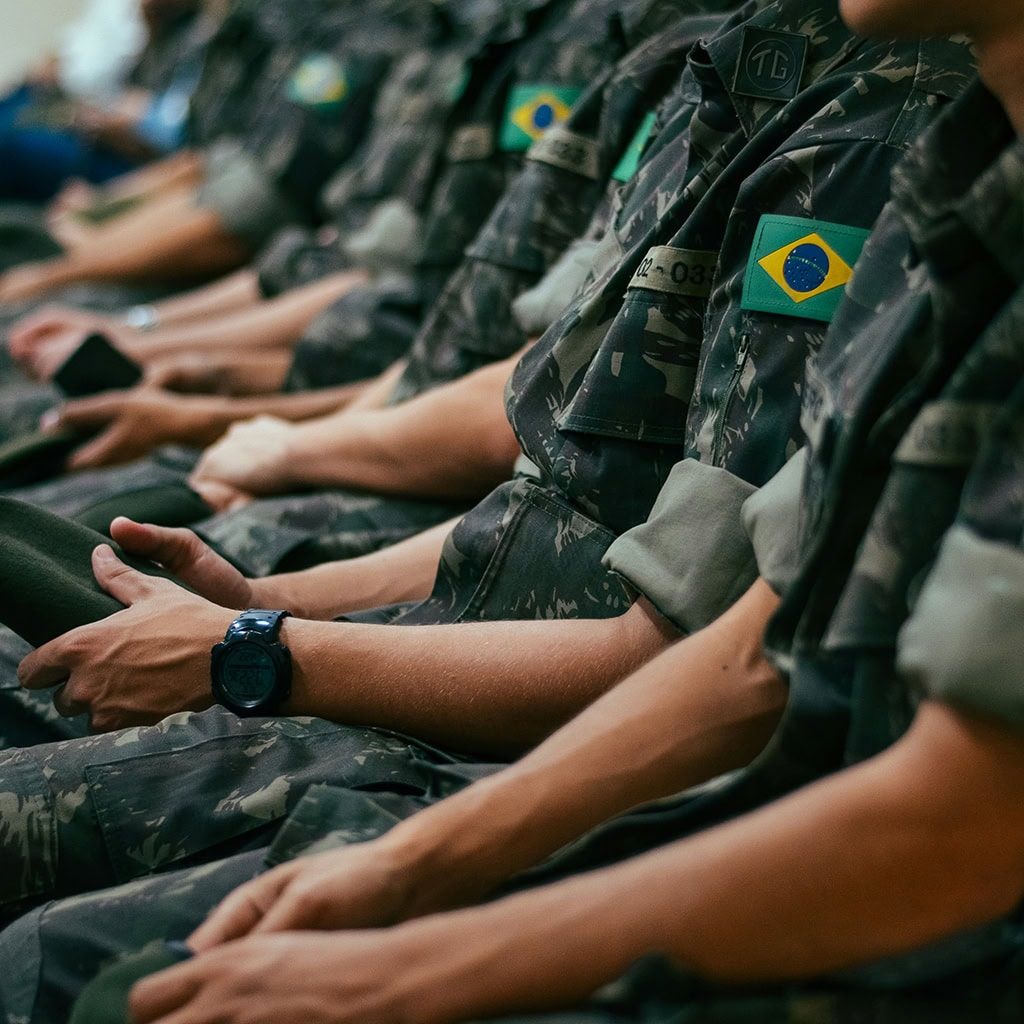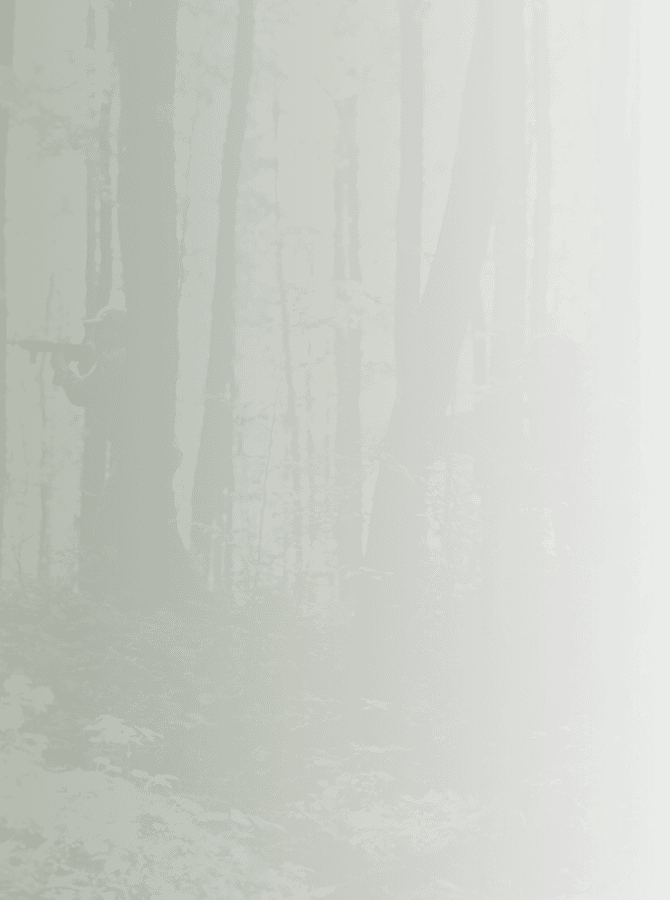A Professionals Guide to Military Uniforms: A Complete B2B Procurement & Manufacturing Analysis

Introduction: Beyond Apparel, Uniforms are Symbols of Identity, Function, and Survival
A military uniform is far more than just a piece of clothing. On a military base, it embodies discipline and honor. On the battlefield, it is a functional tool for blending into the environment and executing missions. In critical moments, it serves as the final barrier protecting a soldier’s life. From the choice of fabric to the design of camouflage, from the layout of pockets to the stitching of insignia, every detail is infused with a century of tradition and combat wisdom.
For defense contractors, equipment distributors, security companies, and military procurement professionals, a deep understanding of the complex system behind military uniforms is crucial. This guide provides a comprehensive framework, covering everything from uniform types and core fabric technologies to strict dress regulations and key B2B procurement considerations. It will help you become an expert in the field and make the most informed purchasing decisions.
Deconstructing the Military Uniform System: From Battlefield to Ballroom
The U.S. military’s uniform system is vast and precise, primarily categorized to meet diverse needs, from high-intensity combat to formal diplomatic events.
Combat Uniforms
This is the “work uniform” most frequently worn by soldiers, with functionality, durability, and protection at its core design.
- ACU (Army Combat Uniform): The current-issue combat uniform of the U.S. Army, featuring the OCP camouflage pattern. Its design emphasizes ergonomics and integration with personal protective equipment like body armor.
- BDU (Battle Dress Uniform): Once the icon of the U.S. military with its woodland camouflage. Although retired, it remains popular with many international militaries, law enforcement agencies, and in the civilian market.
- FROG (Flame Resistant Organizational Gear): Designed specifically for the Marine Corps, this gear uses flame-resistant fabrics to provide critical protection against burns for personnel operating under IED threats or in confined spaces like vehicles.
Formal & Service Uniforms
These uniforms represent the image, tradition, and honor of the military, primarily used for daily office duties, ceremonies, and formal occasions. Examples include the Army’s AGSU (“Pinks and Greens”) and ASU (Army Service Uniform), which have extremely strict regulations regarding fabric, cut, and insignia placement.
Tactical Apparel
This is the modern evolution of military uniforms, often pioneered by special operations units and law enforcement agencies like SWAT. Compared to traditional uniforms, tactical apparel is more flexible in design, features a more athletic cut, and utilizes more high-performance commercial fabrics to achieve optimal mobility and functionality.
We provide solutions for all these uniform types, from mass production of Mil-Spec compliant gear to small-batch customization of tactical apparel. [Link to “Combat Uniforms” product category]
The Core Decrypted: Military Uniform Fabrics and Manufacturing
Seventy percent of a military uniform’s performance depends on its fabric. Mil-Spec fabric is the key to ensuring a uniform maintains its performance in harsh environments.
- NYCO Blend: A 50/50 blend of nylon and cotton, this is the classic fabric for combat uniforms. It combines the abrasion resistance and quick-drying properties of nylon with the comfort and breathability of cotton, striking an optimal balance between performance and cost.
- Ripstop: This involves weaving thicker reinforcement yarns into the NYCO fabric in a grid pattern, creating a distinctive “checkerboard” appearance. Its primary function is to prevent tears from spreading if the fabric is punctured.
- Flame-Resistant (FR) Fabrics: Materials like Defender-M will not melt or drip when exposed to flames or high heat. Instead, they char, providing soldiers with precious seconds to escape and preventing severe burns.
Our manufacturing processes strictly adhere to military standards, from precise computer-aided cutting to using high-strength nylon thread for four-thread overlock stitching and bar-tacking reinforcement at critical stress points, ensuring every uniform can withstand the rigors of the battlefield.
Want to dive deeper into the technical details of different fabrics? Read our in-depth report: A Soldier’s Second Skin: A Technical Guide to Military Uniform Fabrics
Rules and Honor: Insignia, Name Tapes, and Dress Regulations
Wearing a military uniform is a meticulous science. U.S. Army Regulation AR 670-1, for example, details everything from the placement of name tapes and the manner of wearing rank insignia to the precedence of skill badges. Every detail pertains to a soldier’s appearance and discipline.
As a professional B2B supplier, we understand the importance of these regulations. We not only produce compliant uniforms but can also offer professional pre-sewing services for bulk orders, accurately attaching name tapes, ranks, and insignia in their specified locations, saving procurement units significant time and labor costs.
Can civilians buy military uniforms? What are the rules for custom patches? Read our regulatory guide: Decoding Uniform Regulations: A Must-Read Guide for Suppliers and Distributors
Supply and Procurement: The Market for Issued vs. Private Purchase
Understanding the military’s uniform supply system is key to seizing market opportunities.
- Official Issue: Soldiers receive a basic set of uniforms from official channels upon enlistment and during unit-wide transitions.
- Personal Purchase: Soldiers receive an annual “Clothing Allowance” to purchase, replace, and maintain their own uniforms worn down by daily use. This has created a massive private purchase market. Many soldiers use this allowance to buy commercial Mil-Spec products that offer better quality, more comfortable designs, or superior functionality than standard-issue items.
Our high-quality combat and tactical apparel serves this “upgrade” market, providing an exceptional choice for soldiers and distributors alike.
How often do soldiers replace uniforms? What’s different about what they buy? Explore this unique market: An In-Depth Analysis of the Military Uniform Issue and Private Purchase Market
Key B2B Procurement Considerations
When selecting a uniform supplier for your organization or distributor network, be sure to consider the following:
- Compliance and Expertise: Does the supplier truly understand and have the ability to strictly adhere to the military’s complex dress and manufacturing regulations?
- Production Capacity and Lead Time: Can the supplier complete large-volume orders, from hundreds to tens of thousands of units, on time and to quality standards?
- Customization Capability: Can the supplier offer customized colors, fabrics, pocket layouts, or insignia services for specific agencies like law enforcement or security?
- One-Stop Solution: Can the supplier provide uniforms, headwear, footwear, and various accessories to simplify your procurement process and reduce administrative costs?
Conclusion: Your Reliable Uniform Solutions Partner
We are more than just a uniform manufacturer; we are experts in military culture, regulations, and advanced manufacturing technology. We know that every uniform we produce carries the trust of our clients and the safety of its wearer.
We are dedicated to providing a full spectrum of uniform solutions, from Mil-Spec standard items to highly customized apparel. Whether you need to procure thousands of compliant ACU combat uniforms for an entire unit or are seeking high-quality tactical clothing for your distributor network, we have the capability, experience, and expertise to meet your needs.
Contact our specialists today for a professional consultation and a B2B quote, and let us become your most trusted uniform partner.

